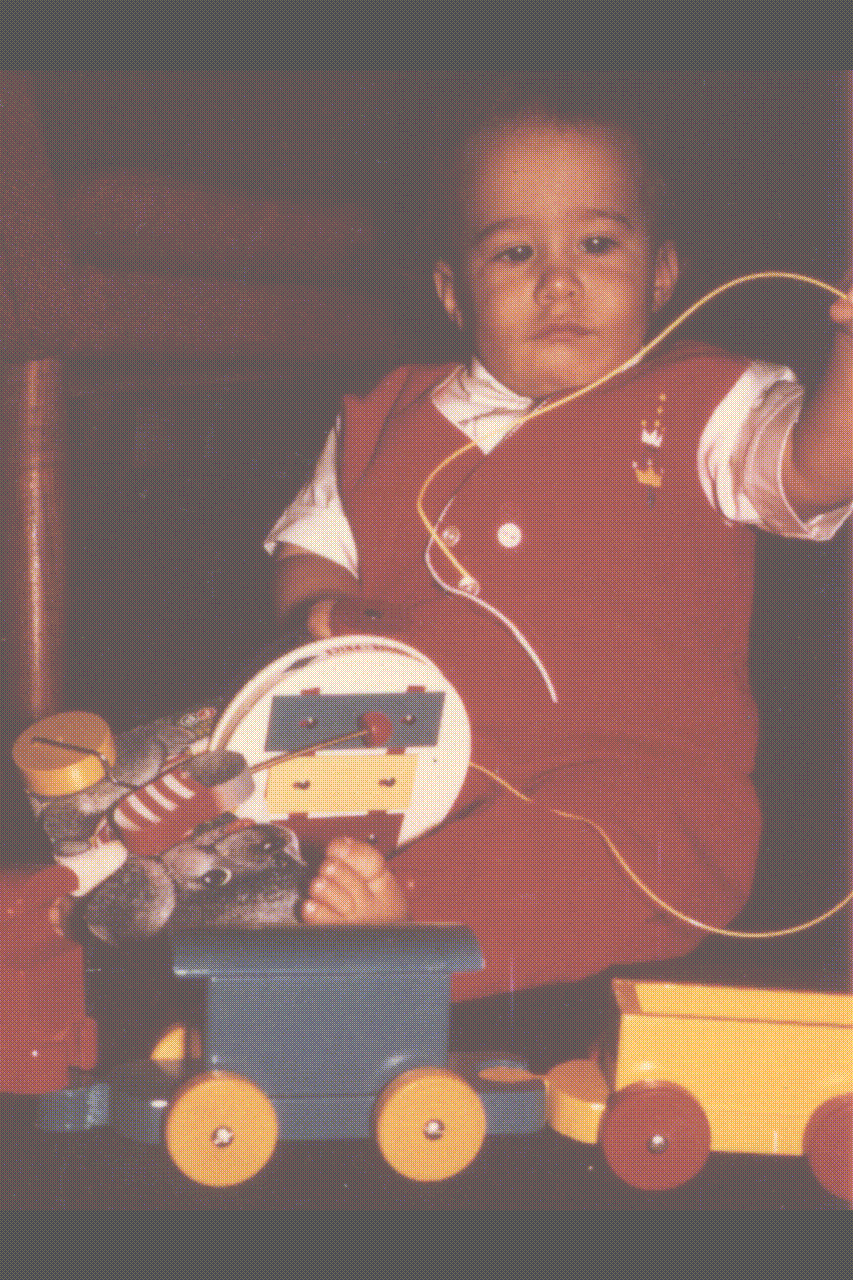










All this adds up to a child who is chronically aloof,
who cannot implement the complex and rapid computations necessary
to coordinate joint attention and other fast cognitive processes
involved in social interaction and meaningful communication -
and who instead zeroes in on circumsribed parts or features of the objects
around him, trying as much as possible to reduce his environment to objects and
processes that are limited, predictable, and repeatable.
Other human beings are, of course, some of the least predictable elements of the
environment, and so the social and communicative impoverishment resulting from
this focus on repetitive and predictable stimuli is profound.
Children with autism often are described as `in their own world.'
Copyright © 2004 Matthew Belmonte. All rights reserved.